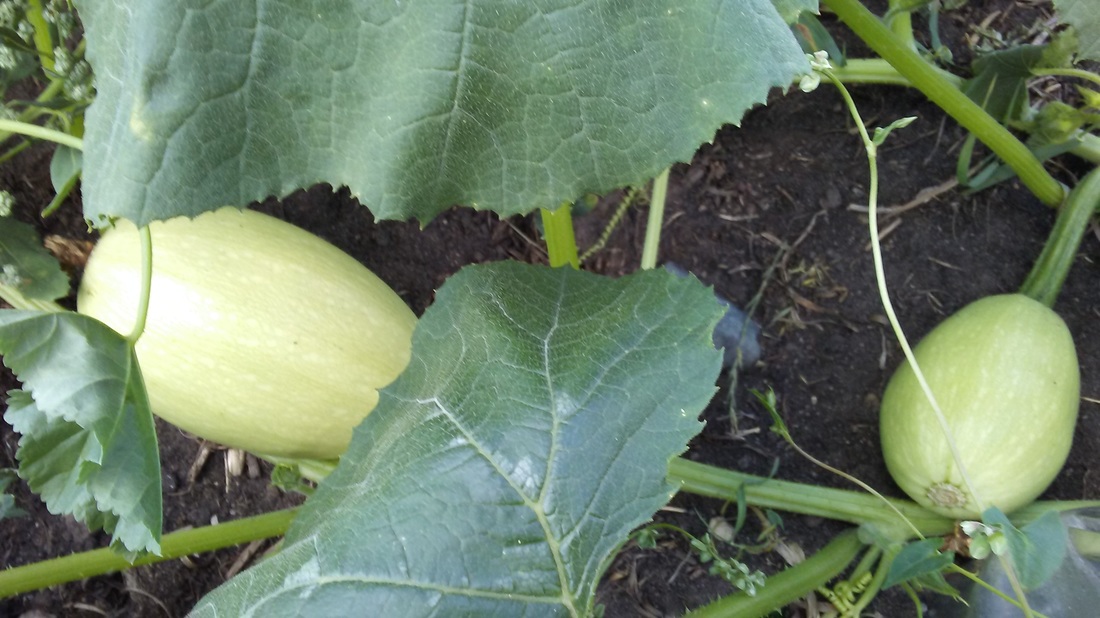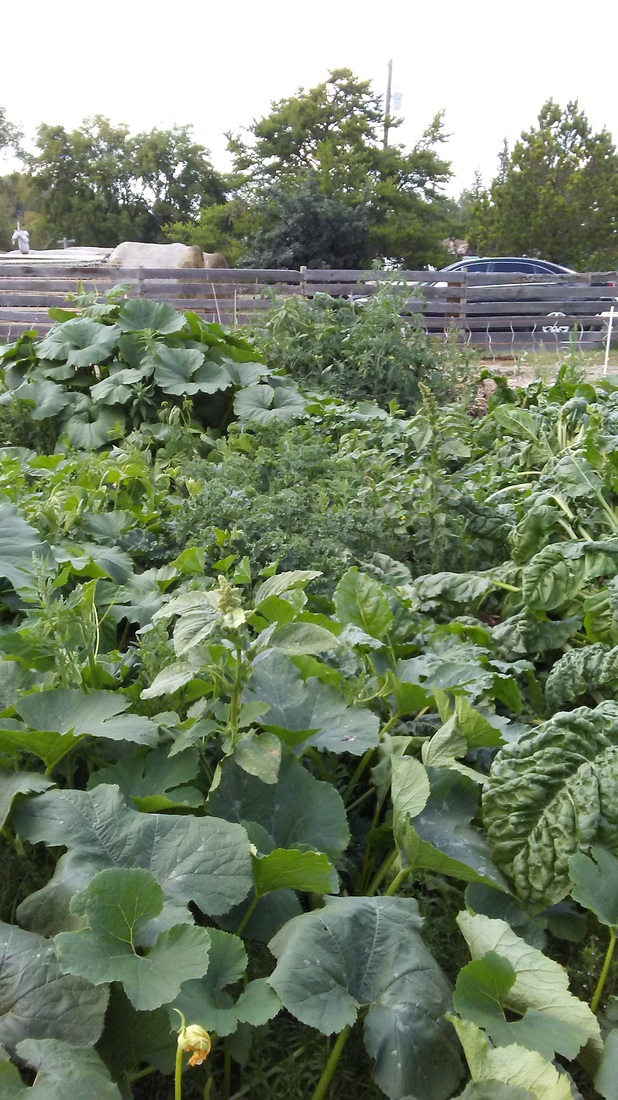This year the Parkland apple is spectacular for such a young tree. The apples are sweet and tart with a hint of blush, would be fantastic in pie or as apple sauce or butter and are scrumptious to eat right off the tree. There were maybe 20 this year, a good harvest for a little young tree! The other combination apple trees did not fare so well, but they are going to do better in the future.
On each apple tree there are scarlet runner beans climbing up to produce lovely showy red orange blossoms and soon runner beans. Under the trees are berry bushes: gooseberry and raspberry so far. There are nasturtiums planted randomly and marigolds too, because pests often like nasturtiums better than my food crops, especially aphids and marigolds deter some bugs. Potatoes were once again laid on straw and covered with more straw and are growing nicely. The hugelkultur berm garden is the best this year that it has been thus far, teeming with roses, squaw corn, peas, potatoes and prairie sunflowers.
There are seven levels to a permaculture garden from the floor of the canopy. Each level can contribute food in a garden, plus the weeds are mostly edible too. I make a weed salad and cook weeds as greens too, plus harvest them for tinctures. Sunflower petals give a nice yellow colour to soap and cucumbers make a great bar too. Everything is important.
The squash is forming, especially the spaghetti squash. The Kabocha squash will only be great if we have a long fall with on heavy frost. Otherwise the fruits are too immature to be of value. There is an abundance of kale and chard, golden beet tops and malva greens and there will be an abundance of carrots too. I have been harvesting zucchini for a week and it is outpacing me rapidly. The joy of the system is that very little if any watering has been done and very little weeding as well. Only the first set of large weeds were pulled to allow the seedlings to outpace the weeds. The weeds actually act as a green cover for the ground keeping the moisture in like a mulch. Where the ground is bare the plants need water, but where the weeds are thick, it remains moist.
As time goes on, cuttings from the berries will be taken and rooted, but not in patches like a traditional garden. Everything is in a cluster instead and the clusters are far enough apart so if one becomes infested with a pest, the others do not suffer the same fate. Plus there is enough diversity around and inbetween the plants to discourage pests that like a particular plant exclusively. This works, folks. And it is only going to continue to improve. Swales , or shallow ditches collect the runoff water and help create a microclimate for the plants. Even small rains will collect in the swales and as it evaporates, the moist air will provide water. The plants that need the most water are closest to the swales and the drought tolerant ones are located some distance away. Root systems develop to draw moisture from the ground and the dew in the air too.
Permaculture can change a desert to an oasis. This has been proven more than once. The key is diversity and understanding how Mother Nature gardens. Want to try it?







 RSS Feed
RSS Feed